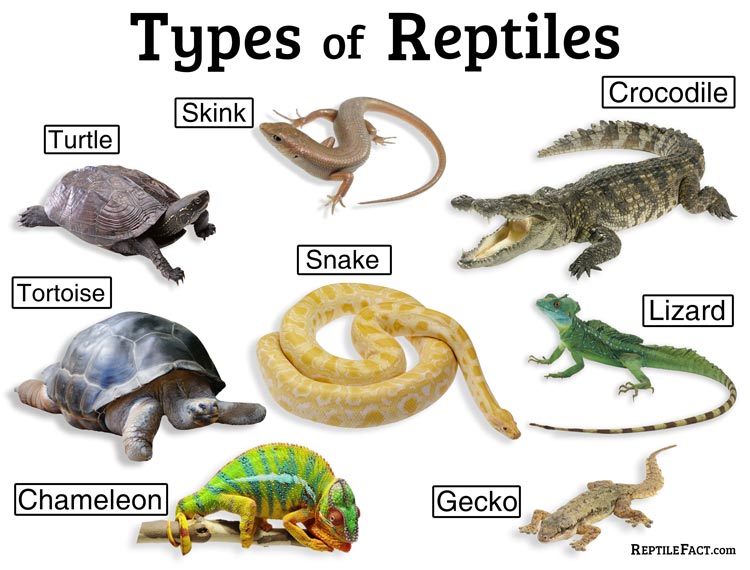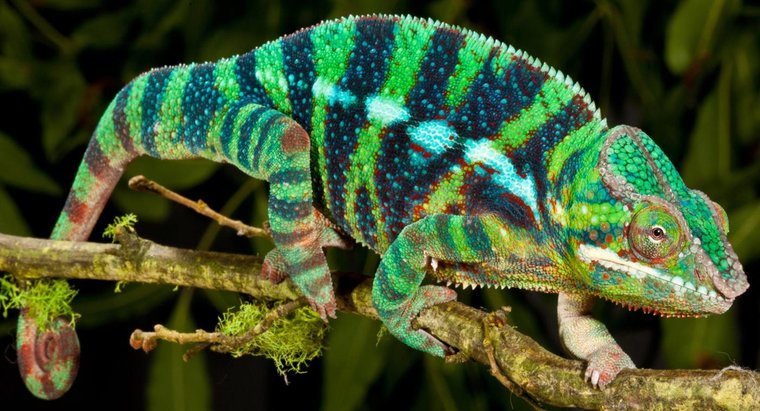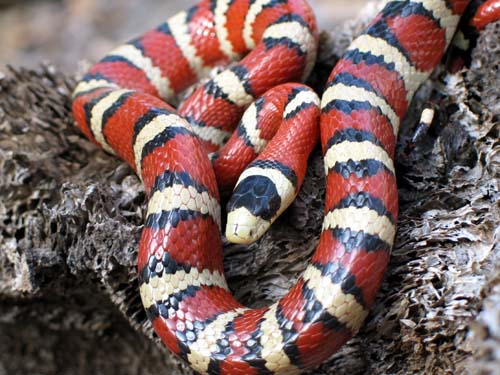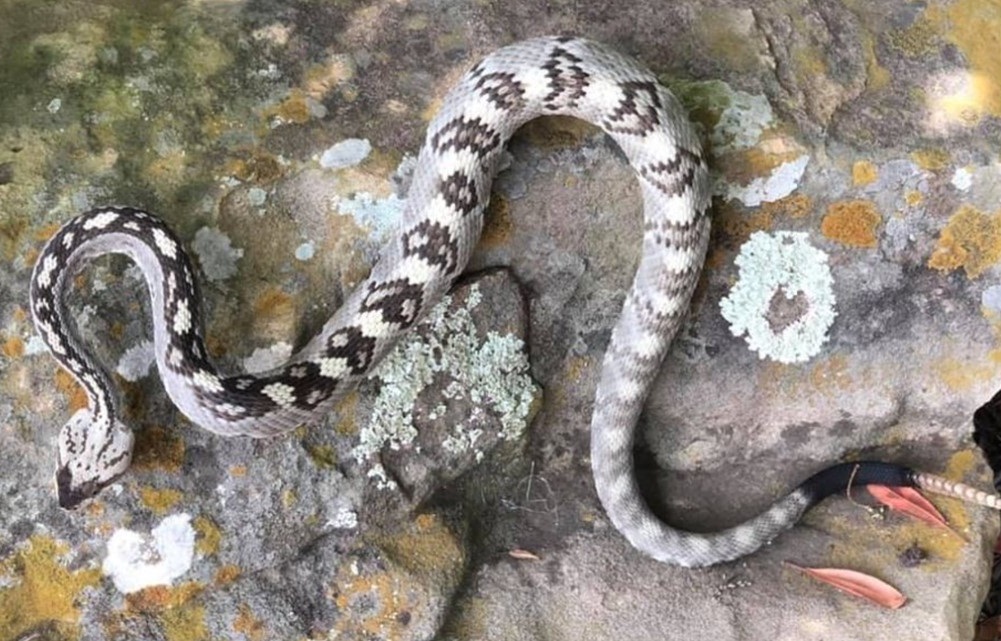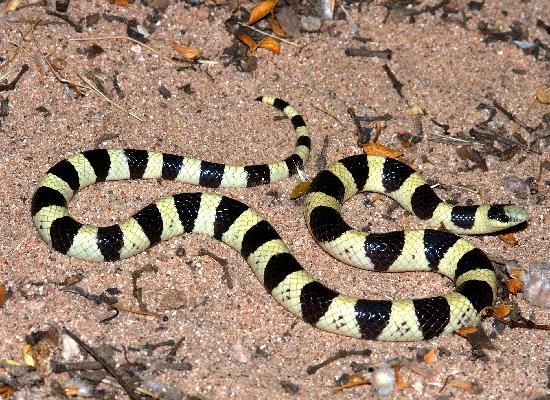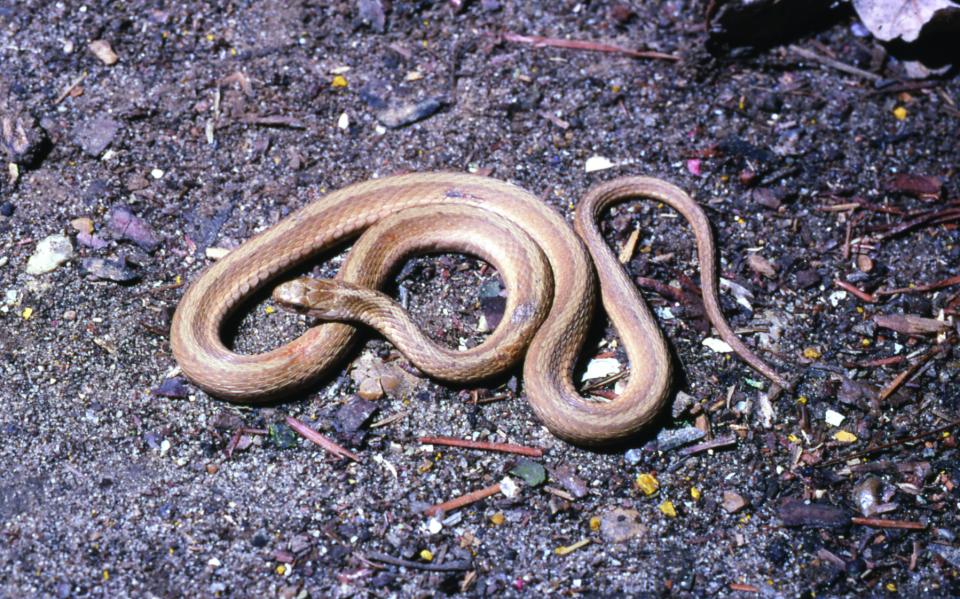What is a Reptile
Reptiles are vertebrate animals belonging to the class Reptilia, including the orders, families, and subfamilies of lizards, crocodiles, snakes, tortoises, and turtles. They all move by crawling on their four limbs (except snakes); in fact, the word ‘reptile’ originated from a Latin word which means ‘crawling’.
The first reptiles appeared over 300 million years ago, and now they can be found in all types of habitats from terrestrial to aquatic and arboreal. The saltwater crocodile is the largest living species in this class.
Their Characteristic Features
Physical Features
- All reptiles are tetrapod vertebrates, meaning they have four limbs, along with a well-developed backbone. Limbless reptiles like snakes have also descended from animals with four limbs.
- Their bodies are covered in scales or bony plates referred to as scutes.
Biological Features
- Reptiles rely only on their lungs for breathing, and cannot breathe through their skin (some snakes, especially sea snakes can also breathe through their skin for a limited time)
- They are cold-blooded, which is a feature they share with amphibians and fish. It means they cannot regulate their body temperature according to their surroundings.
Reproduction
- Most reptiles lay eggs, though some of them (e.g. boas and pythons) do give birth to live young.
- For the egg-laying species, the soil temperature determines how many of the eggs will hatch as males, and how many as females.
Diet
- Almost all of them are carnivores, feeding on anything from insects, fish, small to medium amphibians and mammals, to other smaller reptiles.
Recently Added Reptiles
Featured Reptile
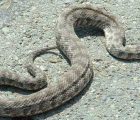 Levant Viper
Levant Viper
Levant Viper is a venomous snake distributed across a wide range from North Africa, to the Mideast and parts of India. They have five subspecies.


